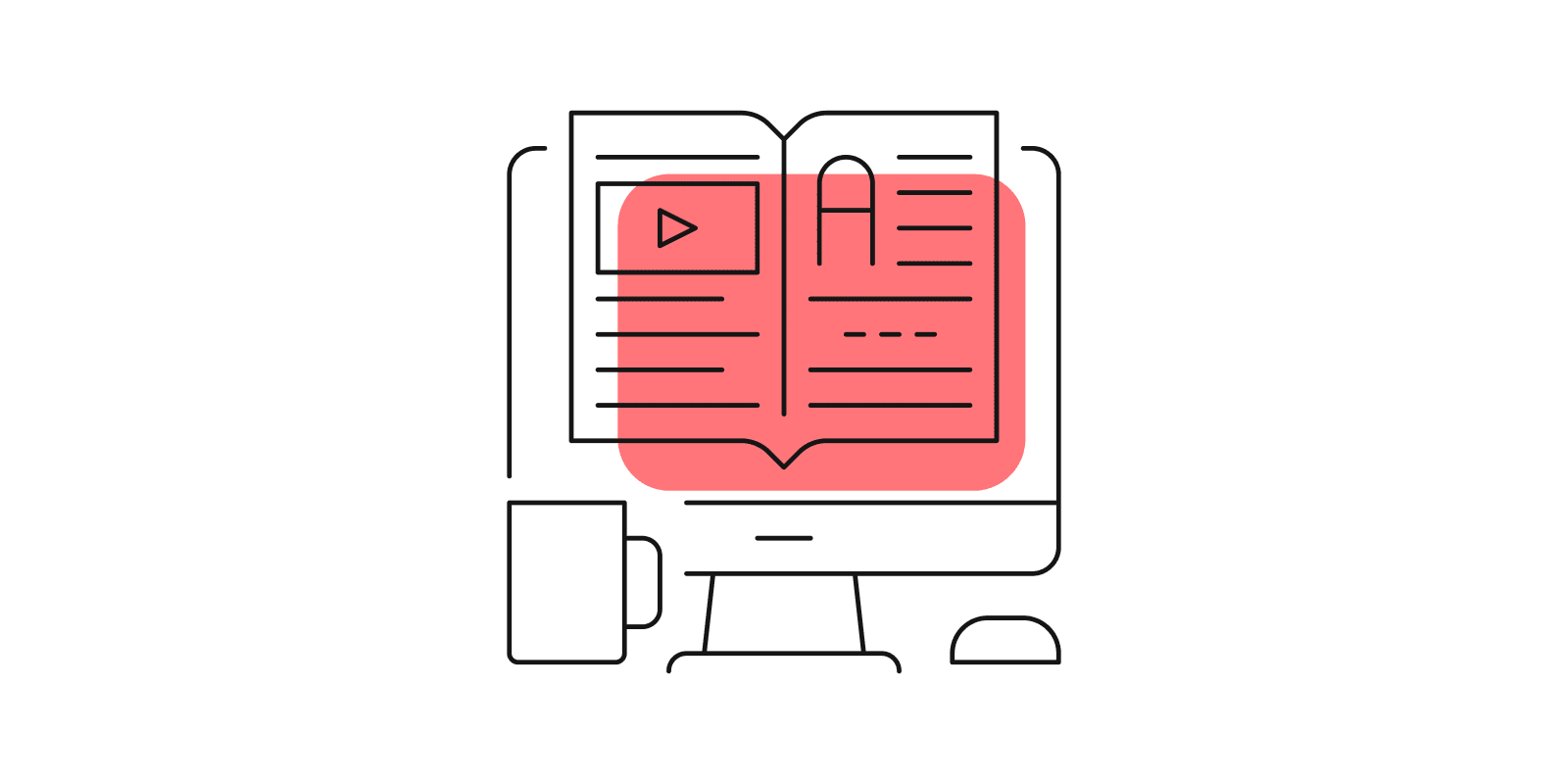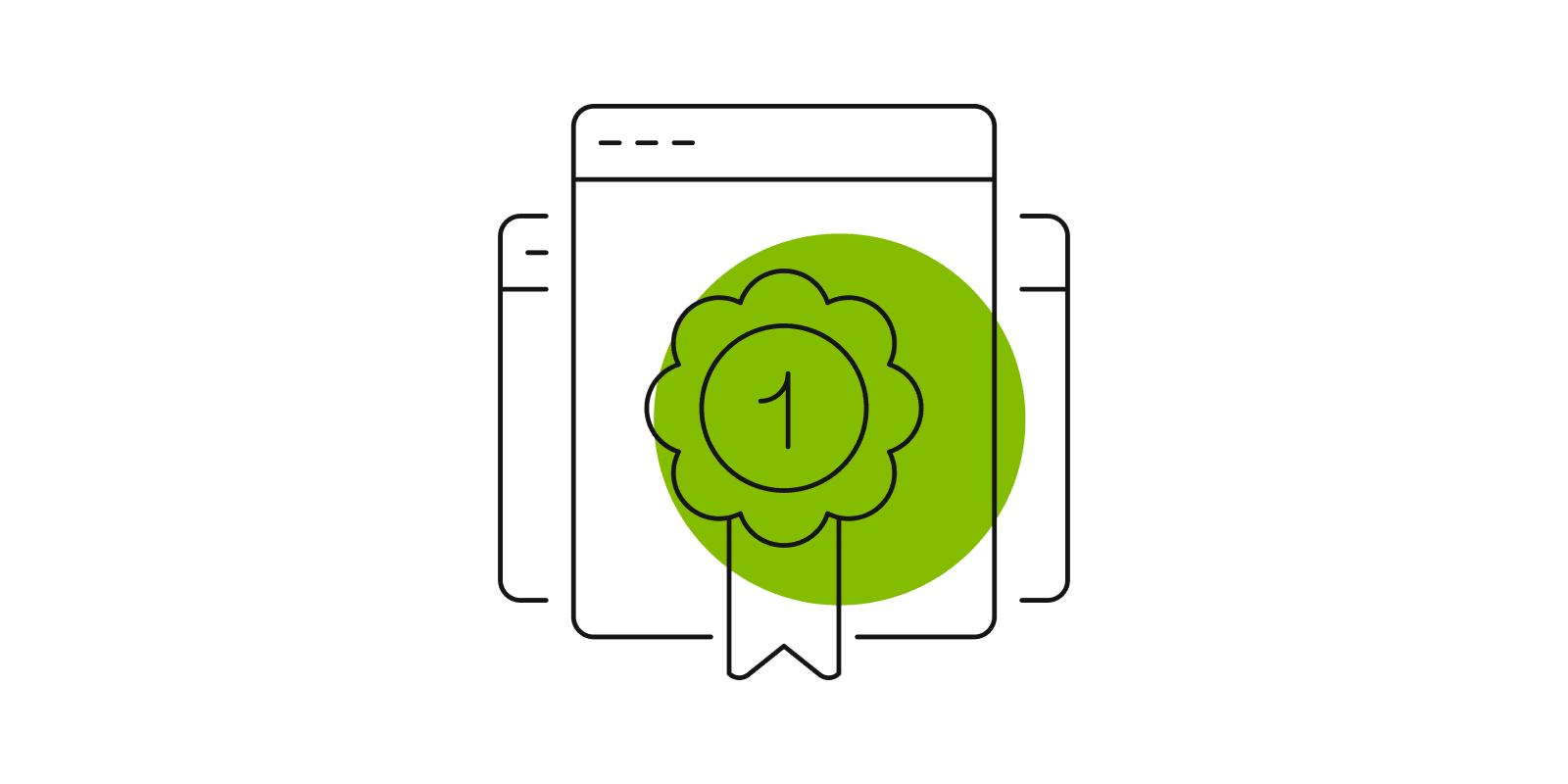By Caleb Ripley
A good approach to how you study can make all the difference in your ability to feel prepared on exam day. This blog covers spaced repetition, active recall, and Feynman technique as studying methods to help you prepare for any quiz, assignment, or exam you may have as a post-secondary student. Regardless of your major, or field of interest, these study habits will make you retain what you learn and genuinely understand the content. In this way, these techniques can improve your overall academic performance by streamlining how you think about studying. The best part is that these techniques are evidence-based revision and study techniques, meaning you can trust their efficacy.
Spaced Repetition – Refining learning
- Fundamentally, spaced repetition allows you to utilize flashcards (virtual or physical) to space out the content you need to know over days, weeks, and months leading up to an exam. This is contrasted by cramming where you overload your mind with a lot of content in a short period and forget most of it after the assessment. Spaced repetition helps with memorization and comprehension, and it helps to reduce the “forgetting curve” which is essentially a theorem that suggests that we forget things consistently over time at an exponential rate (where % remembered is on the y-axis and time is on the x-axis). To prevent this deterioration of knowledge, you can repetitiously practice what you’ve learned through active recall at points along the forgetting curve which slows down the forgetting process, and over time you start to remember increasingly more of what you read and take notes on. This counteracting of the forgetting curve through active recall techniques allows for spaced repetition to be the most intuitive and straightforward way to organize your thoughts and structure your understanding of various topics so they stick. What you may take away from the forgetting curve is that the more your brain must work to understand something, the stronger the encoding process is. There are three easy steps to implementing spaced repetition in your studies. First, use google spreadsheets and create a different sheet for each course and, within each subject, list what you need to review in the first column (A). Second, write the date you revised that topic in the next column. Continue this to track your spaced repetition of each subject. Finally, color coat each revision date in Green for proficiency, yellow for moderate, and red for struggling. In doing so, you can optimize what you’re focusing on so that you can improve in the areas that are giving you the most difficulty. As time progresses, your red areas will move to yellow and then green, and your understanding will broadly improve as well. In closing, focus on the topics you have marked as red and optimize your approach to studying these red topics so that you can balance out what you need to know.
Feynman Technique – Approaching Learning
- Albert Einstein said, “you don’t know something well if you can’t explain it to a child”. This principle is what guides the Feynman technique which is a technique designed to help you understand complex subject matter by deconstructing its components and individually grasping each idea. In this sense, you will have broken down, easier-to-understand concepts that add to the sum of the larger and more complex idea. One way to utilize this technique is to take a broad idea such as, “Why do economies of scale reduce the cost of production?” and break it down into smaller components such as “Why do costs fluctuate?,” then you ask yourself, “Why can I get something cheaper from wholesalers?” then you can start to further elaborate on these simplified questions to have a more intuitive understanding that costs fluctuate due to factor input costs, and these input costs are variable. The larger a corporation, the larger its production scale, and this capacity leads to a decrease in cost per unit of output which further enables an increase in scale and reduced costs of production which translates into lower prices for the consumer. Take these questions, and “teach them” to yourself or others in a study group. Finally, the Feynman technique adds value to your studying routine for four key reasons. First, it helps you identify important topic areas. Second, it allows you to deconstruct these complex topics and break them down using simple language. Third, you can use this simple language to better grasp the problem areas which, when resolved, leads to a more intuitive understanding of the content. Finally, this technique allows you to then take your intuitive understanding of the individual parts of the complex idea and transfer this understanding to other topic areas clearly to you and easy to utilize.
Active Recall – Learn, Elaborate, Regurgitate.
- The point of active recall is to retrieve information already in your brain to elaborate on the newly learned subject matter. Essentially, active recall is based on asking yourself questions and retrieving information from your brain rather than trying to simply put novel information into your brain. For example, while reading a chapter in your textbook, it is more helpful to create questions based on the key areas of each paragraph. Use the previously mentioned spaced repetition, to go back and answer those questions at the end of the chapter, and make sure that you’re connecting the subtle details. For example, active recall for a biology student may include reading a chapter in Neurophysiology, and writing down essential questions such as, “Why does negative feedback result in an oscillation of the controlled variable?” or, “What is Einstein’s diffusion equation and what is D for ACh?.” In doing so, you’re engaging with the content at a deeper level and you’re enhancing the retrieval proposal. To create an actionable plan to utilize active recall, you should follow this three-step structure. First, write down questions while reading the chapter or lecture notes. Second, go back to the end of the chapter and answer those questions from memory or lecture notes. Finally, have a colour coating system. For questions, you couldn’t answer at all mark them red, for questions you could partially answer mark yellow and for questions that you had an easy time answering mark them green. In closing, active recall is beneficial for four key reasons. First, it is versatile meaning it can allow you to streamline and optimize your learning experience regardless of the subject. Second, it allows you to constantly test yourself so that you are aware of what you don’t know. Third, it saves you time by optimizing what you focus on, and it improves the depth and breadth of your knowledge. Finally, it highlights your mistakes because you’re forced to retrieve the answers to your questions from memory and this identifies specific gaps in your knowledge.
In conclusion, we’ve discussed Spaced Repetition, the Feynman Technique, and Active Recall as functions of a good study routine. Collectively, these are evidence-based learning techniques that have been proven to optimize the way students approach knowledge acquisition, their ability to retain what they study and most importantly they improve the brain’s ability to overcome mental obstacles; such as the so-called “forgetting curve” which, when ignored, puts constraints on the amount of information that can be effectively processed. It is through techniques like these that students can improve their academic performance. Best of all, the Pearson suite of products (MyLab, Revel, Mastering...,) includes an easy-to-understand interface that allows users to utilize the above techniques in real-time. For example, in Pearson MyLab, three important tools relate to the above-mentioned study techniques. First, “Demo docks” walk students through how they will solve the problem if they get it wrong. Second, a “study plan” is an option that allows students to engage with active recall and focus on improving in areas they’re struggling with automatically through the software. Finally, the ability for students to interact with the interface and answer questions, create a study plan, highlight their textbook, and takes notes means that all their learning needs are in one place, and this reduces the obstacles to learning and improves your experience as a student.






